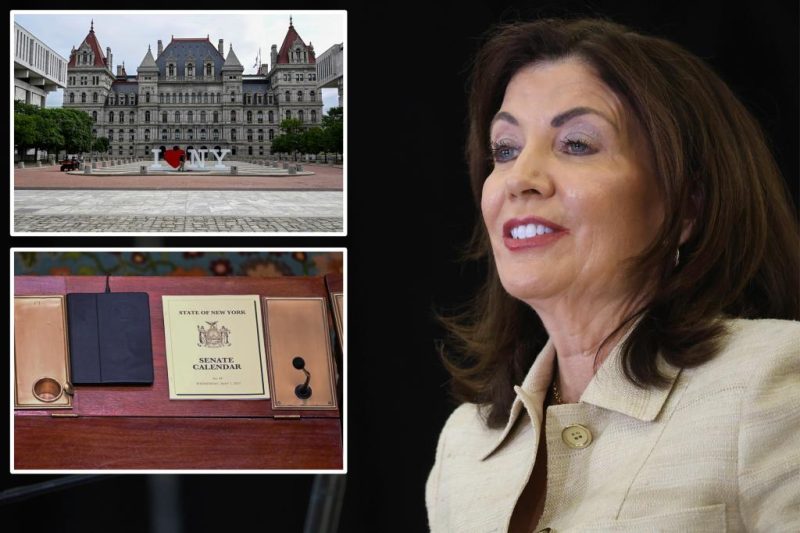
New York State has just adopted a record-breaking $254 billion budget, the largest in the state’s history. Governor Kathy Hochul signed the deal, but concerns remain about the budget process itself and the potential for even further increases in spending. The sheer size of the budget raises questions about transparency and accountability, particularly given the lack of detailed information readily available to the public. This lack of clarity makes it difficult to fully assess the long-term implications of this massive expenditure.
While specific details on how the money will be allocated are still emerging, the budget’s scale suggests significant investment across various sectors. This could include substantial funding for infrastructure projects, education initiatives, healthcare programs, and social services. However, without a more transparent breakdown of the budget, it’s challenging to determine the effectiveness and efficiency of these investments. The potential for cost overruns and budgetary mismanagement is a legitimate concern given the budget’s unprecedented size.
The lack of transparency surrounding the budget process is a recurring criticism. Many argue that the process is too opaque, making it difficult for citizens and lawmakers to fully understand how decisions are made and where the money is going. This lack of access to information fuels public distrust and hinders meaningful engagement in the budgetary process. Advocates for greater transparency are calling for more accessible and detailed budget documents, allowing for a more informed public debate.
Furthermore, the possibility of the budget exceeding the already staggering $254 billion figure adds another layer of uncertainty. Unforeseen circumstances, economic fluctuations, or potential policy changes could easily lead to supplementary spending, further complicating the financial outlook for New York State. This raises the stakes even higher, emphasizing the urgent need for greater transparency and accountability in the state’s budgetary practices. Only with increased scrutiny and public involvement can New York ensure responsible and effective use of taxpayer money.










